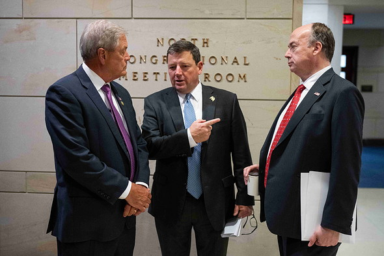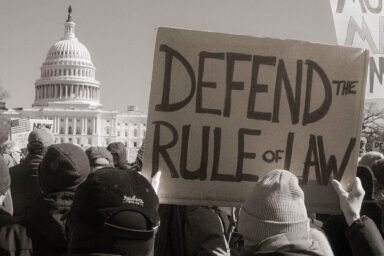The Oklahoma Supreme Court ruled on Wednesday that the last two survivors of the Tulsa Race Massacre will not get restitution under the state’s public nuisance law.
|
Listen To This Story
|
Most Americans had not heard of the “Tulsa Race Massacre” of 1921 until the murder of about 300 of the city’s Black residents was depicted in the HBO series Watchmen (although many WhoWhatWhy readers first learned of the violent attack through this article).
That was by design.
For decades, the day on which a mob of white people laid waste to “Black Wall Street,” one of the most prosperous Black communities in the country at the time, was conveniently left out of history books entirely or glossed over.
That is one of the reasons why there has never been any semblance of true justice for the survivors of the massacre.
Now, only two of them are still alive — Viola Fletcher, who turned 110 last month, and Lessie Benningfield Randle, who is 109 years old.
The two centenarians had sought restitution for the destruction and atrocities committed that day under Oklahoma’s public nuisance law.
On Wednesday, the state’s Supreme Court ruled that they would not get it.
While the decision to dismiss their lawsuit is cloaked in sympathetic language, it will likely close the books on a legal fight that, unlike the massacre itself, did not just last a couple of days but rather years.
“Unlike most cases that come before this Court, the tragedy that forms the basis of the present appeal is acknowledged and memorialized, at least in part, in Oklahoma law,” the court states in its decision. It should be noted that the Oklahoma Legislature took more than 75 years to establish a commission to investigate what happened on that day.
The Supreme Court cited that panel’s work when it stated that “some local municipal and county officials failed to take actions to calm or contain the situation once violence erupted and, in some cases, became participants in the subsequent violence which took place on May 31 and June 1, 1921, and even deputized and armed many whites who were part of a mob that killed, looted, and burned down the Greenwood area.”
The court also acknowledged that, even after the two-day massacre, city officials “engaged in actions that exacerbated the harm. State and local officials participated in the mass arrests and detention of Greenwood residents, and black detainees could only be released upon the application of a white person.”
However, the justices refused to overturn a previous ruling from a district court that said the plaintiffs’ grievances, while legitimate, did not fall under the scope of the state’s public nuisance statute.
“Today, the Court is asked to expand its public nuisance liability once more to include the lingering negative economic and social consequences stemming from the unjust, violent, and tragic moments of our history,” the ruling stated.
However, “expanding public nuisance liability to include lingering social inequities from historical tragedies and injustices runs the risk of creating a new ‘unlimited and unprincipled’ form of liability wherein both State and non-State actors could be held liable for their predecessors’ wrongdoing, in which current actors played no part.”
Therefore, not dismissing the suit would “place Oklahoma courts in the unorthodox position of fashioning remedies for these claims or venturing into the realm of outright policymaking — both of which we decline to do.”
Yes, it would be a shame if historic wrongs would be rectified.




